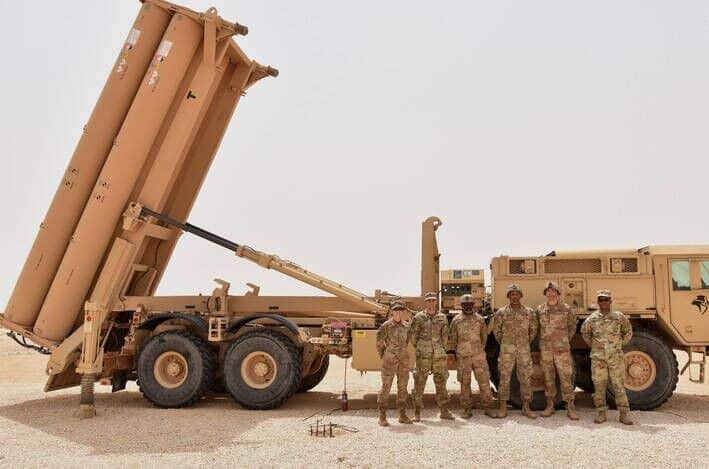The escalation of tensions in the region has pushed Arab countries into an arms race.
The top 10 countries with the highest military spending are the United States: $997 billion, China: $314 billion, Russia: $149 billion, Germany: $88.5 billion, India: $86.1 billion, the United Kingdom: $81.8 billion, Saudi Arabia: $80.3 billion, Ukraine: $64.7 billion, France: $64.7 billion, and Japan: $55.3 billion.
Military tensions and conflicts in the region are expected to drive spending to unprecedented levels, with spending in the Middle East reaching $243 billion last year, a 15 percent increase over the previous year (2024). Regional conflicts and tensions, Israeli attacks on Gaza, Lebanon, Yemen, and Iran, and ongoing threats against Syria, are among the factors driving this arms race.
Regional competition and the struggle for supremacy and influence between Arab powers and Iran have led militaries to continuously strengthen and modernize their capabilities through arms deals with major powers such as the United States, Russia, and China.
In Lebanon, for example, military spending rose by 58 percent last year to $635 million, an increase that came after Israeli attacks on the south of the country. This is a significant increase for a small country that has been experiencing a severe economic crisis since 2019.
It is not only external factors that are driving Arab countries to make huge investments in arms. Internal factors, such as the fight against terrorism and extremism and ensuring internal security, especially after the Arab Spring, are also of great importance for entering this arms race.

